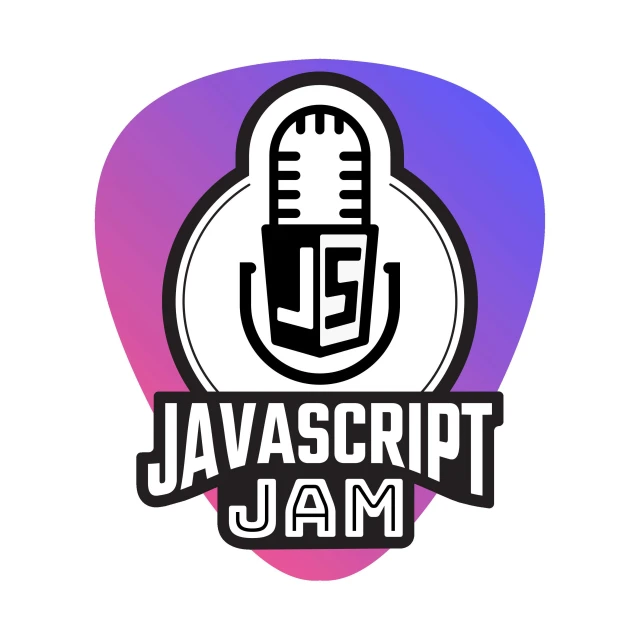
Svelte 4 and the Next Phase of Eleventy
Published:
Podcast Link: Svelte 4 and the Next Phase of Eleventy
An open mic chat covers RedwoodJS, Svelte 4, Eleventy changes, Next.js complexities, and the continuing evolution of JS frameworks in modern web development.
Episode Summary
This discussion opens with a relaxed, roundtable-style conversation where multiple guests share their latest experiences and questions on various JavaScript frameworks and tools. Early on, participants dive into RedwoodJS, chatting about its GraphQL roots and the possibilities of React Server Components, highlighting Redwood’s strengths and Tom Preston-Werner’s influence. The conversation then pivots to the relevance of Svelte 4 and Eleventy, touching on how these tools have evolved or, in some cases, encountered funding challenges. Midway through, the topic shifts to AMP’s role in mobile optimization, sparking a debate on whether it still holds value in modern web development. The latter part of the discussion explores Node.js, Next.js, and even PHP—revealing how older technologies remain pivotal or have been revitalized. The episode wraps up by emphasizing the ongoing quest to balance productivity, performance, and developer preference in the JavaScript ecosystem.
Chapters
00:00 - Introduction and Host Setup
In this opening chapter, listeners are welcomed to another JavaScript Jam open mic, where the host immediately invites audience members onstage to share their thoughts. The early portion sets the tone: a casual, community-driven dialogue around JavaScript and web technologies. The host explains that his usual co-hosts are absent, so he relies on attendees to keep the conversation flowing. This warm-up covers the nature of open mic sessions, the intention behind them, and the freedom for anyone to bring a topic to the table. Although no specific deep dives happen just yet, the friendly banter establishes the show’s inclusive feel and hints at the informal style that defines this discussion. Listeners also hear a brief recap of the previous week’s recording mishap, which underscores the live, unedited spirit of the show. By the end of this segment, the stage is set for a wide-ranging conversation about everything from RedwoodJS to more niche web performance concerns.
02:56 - 07:51 - RedwoodJS, GraphQL, and Svelte 4
Kicking off the core content, this chapter spotlights RedwoodJS and how it embraces GraphQL alongside React. One participant mentions Tom Preston-Werner’s latest statements on Redwood’s possible roadmap for React Server Components, stirring anticipation for a more integrated full-stack workflow. The conversation then touches on personal preferences and how Redwood might simplify GraphQL usage, especially for developers intrigued by a unified approach to data handling and rendering. Svelte 4 briefly enters the discussion, illustrating how developer tastes vary when it comes to front-end frameworks. The group acknowledges Svelte’s streamlined syntax, animation features, and specialized use cases, contrasting its approach with React-based ecosystems. Although these frameworks differ, the common theme is how each aims to reduce boilerplate and enhance developer experience—points that resonate with the participants, who share personal anecdotes and general opinions throughout.
07:52 - 11:13 - AMP and Mobile Page Speeds
Here, the conversation moves into the realm of AMP (Accelerated Mobile Pages) and whether it remains relevant in today’s web. One participant, newly shifted from mobile to web development, recounts the constraints of maintaining AMP pages at their workplace. They question whether AMP’s performance benefits justify its complexity and potential limitations, now that more modern frameworks like Next.js offer efficient server-side rendering. The discussion delves into AMP’s original intent—delivering faster mobile experiences in resource-constrained environments—and weighs that against the overhead of restricting custom JavaScript. As others chime in, they contrast AMP to newer tools and highlight the general web community’s pivot away from it. The chapter underscores the tension between legacy systems that drive revenue and the forward momentum of modern frameworks that might make AMP less essential in many scenarios.
11:14 - 16:03 - Comparing Frameworks and PHP’s Legacy
With AMP addressed, the panel shifts focus to a broader examination of frameworks and back-end languages. Drawing on their collective experiences, they discuss Node.js, Next.js, and even older technologies like PHP and WordPress. A recurring theme is how “old school” stacks, once dismissed or overshadowed by newer options, can persist or make a comeback when they serve a practical need—case in point is the LAMP stack’s ongoing presence. PHP’s historical reputation as a “blog-only” solution is revisited, yet participants point to large-scale use cases like Facebook’s origin in PHP. The group emphasizes that each tool—Node, Go, PHP—has its place, and that the best choice often depends on the team’s background, the project’s objectives, and the desired developer experience. This segment serves as a testament to how the web ecosystem evolves without fully discarding the foundations that brought it to its current state.
16:04 - 22:26 - Next.js, Management, and Wrap-Up
In the final chapter, the conversation touches on Next.js complexities, from the app directory to the intricacies of React Canaries. Participants debate the significance of canary releases and how the framework navigates edge features while promising stability to its user base. A detour into project management underscores the importance of having domain-aware leads and orchestrators to keep teams aligned, particularly when frameworks and best practices rapidly change. This concluding stretch brings together the episode’s themes: balancing new ideas with time-tested methods, adopting frameworks that streamline workflows, and recognizing that developer choice often hinges on practical constraints. As the show wraps, the host thanks everyone for joining in the open mic, reinforcing that these real-time, community-driven discussions provide a snapshot of the JavaScript world in constant motion—one where older technologies continue to hold relevance alongside cutting-edge innovations.